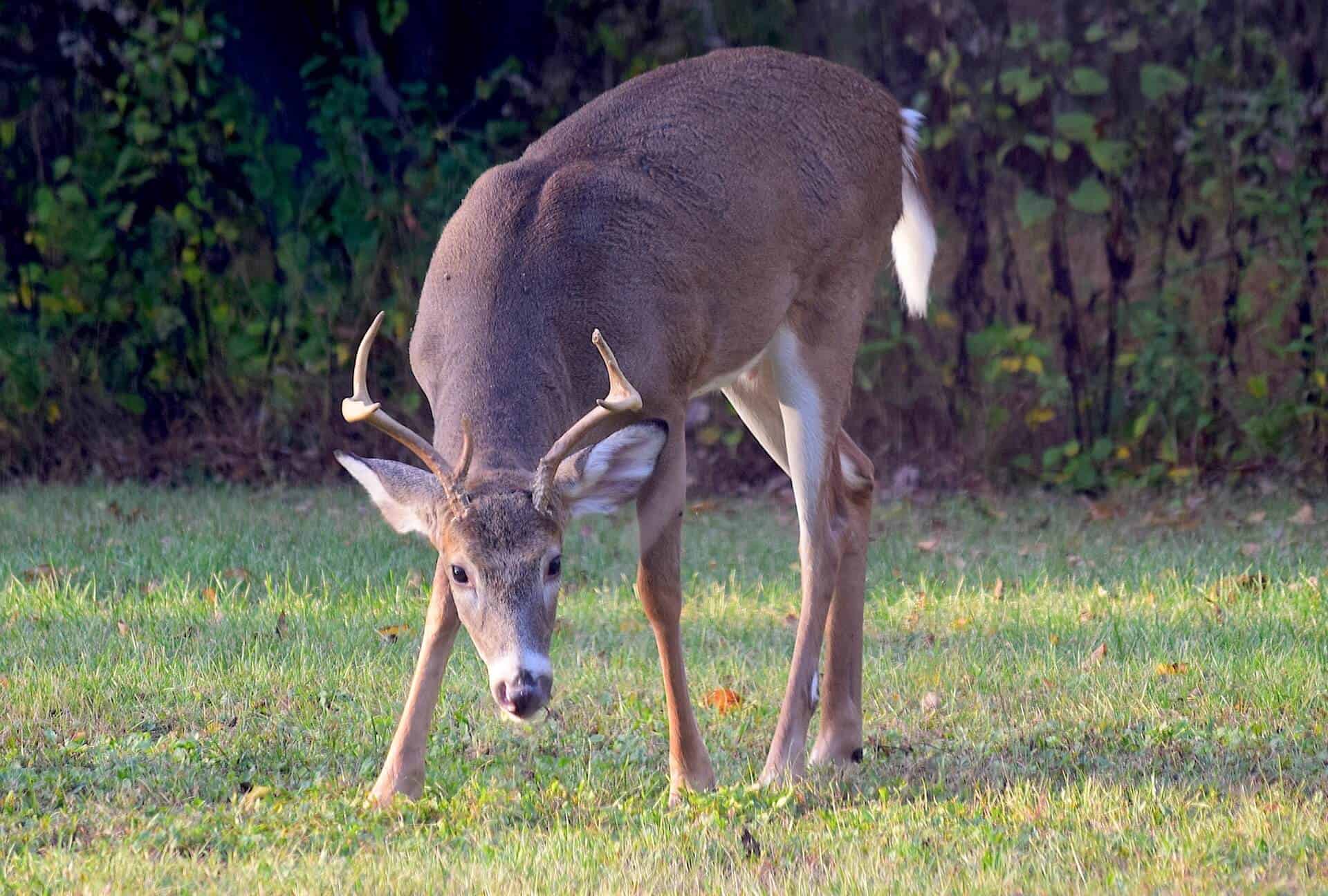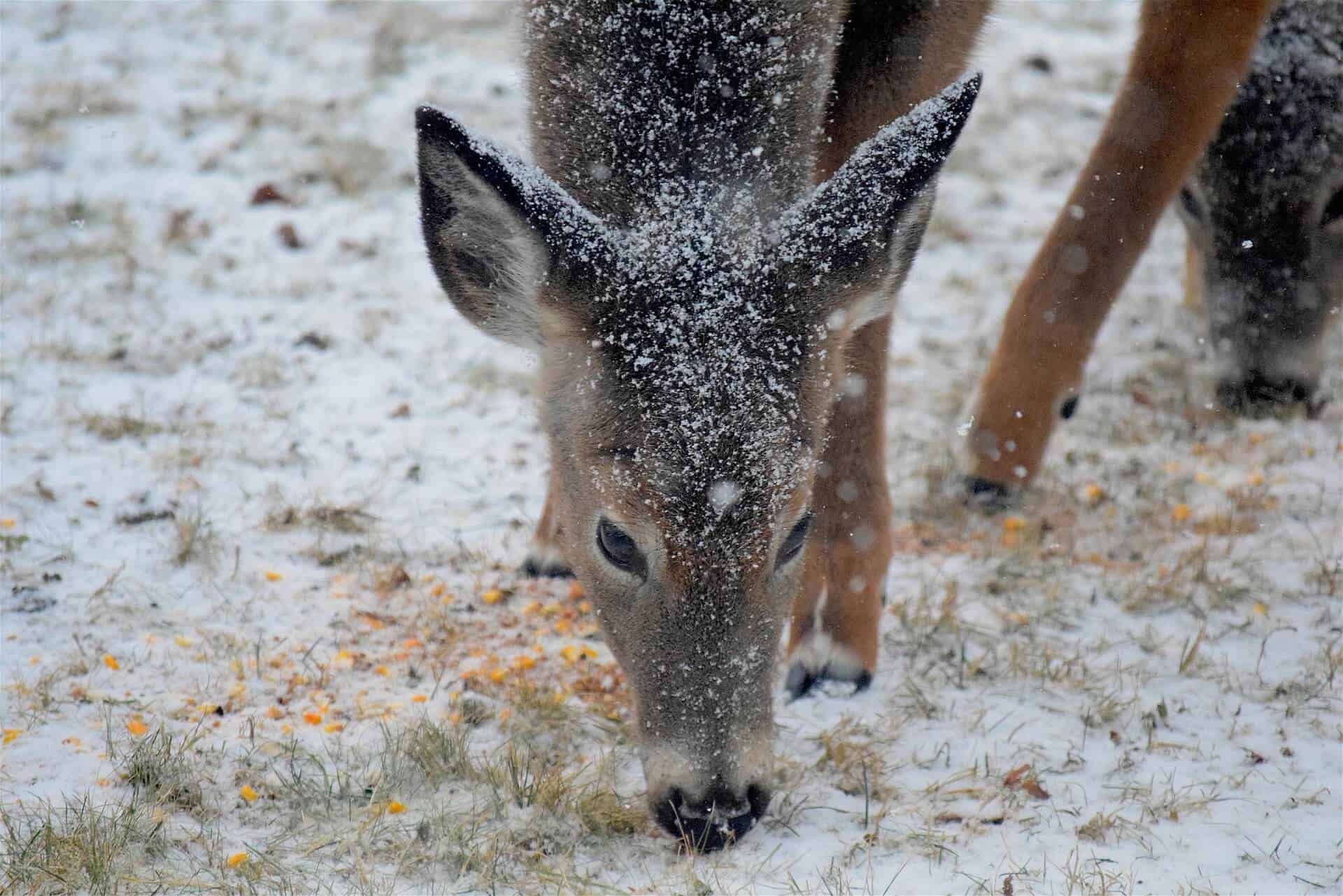Food plots can help attract deer and other wildlife to your land, but to set your food plot up for success during the cool season, here’s what you need to know.

Choose your location wisely.
Food plot locations should be selected based on their proximity to a habitat that meets the needs of the animals that the food plot is intended to attract. Deer, for example, prefer not to venture out into open or bare areas until after dark. Thus, plots that are intended for deer should ideally be placed close to cover so that the deer will possibly enter the plots in the daylight as well. It is easier to select plot sites in appropriate areas than it is to provide adequate cover after food plots are established. Although deer can penetrate even the heaviest cover, they will take the path of least resistance most of the time. So, with careful planning and using approach trails, one can encourage them to move to the plots by passing closer to deer stands.
Just like other plantings, test and ready the soil.
Cool season food plots should be planted in the fall and warm season plots during the spring or summer. So, about a year in advance of when you want to plant your food plot, soil samples should be taken. This will allow you plenty of time to address any possible soil issues well ahead of planting time. For example, if lime is needed to correct a low PH issue, it can take one to three years for applications of lime to make a significant difference in PH levels. Weed issues also need to be addressed with tillage and/or chemical applications.
Provide a cool-season mixture.
A blend of cool season forage is necessary to provide choices and a consistent food source throughout the cool season. The vast majority of cool season food plots are planted with the intention of attracting deer. Deer are browsers, not grazers and therefore grasses are less desirable as a food plot component, which is why our Trophy Magnet fall plot mix has been specially formulated with a blend of small grains, brassicas and clover. Our fall plot mix lends itself to maximum growth and production throughout fall and winter months when browse can be hard to find.

Observe and maintain the plot.
Keep a watchful eye on your food plot, both to determine if it is being used and also to see if and when you need to do a little plot maintenance. There are several ways to determine if your food plot is being utilized by wildlife. You can set up observation points, (a chair or stool will do the trick) and physically watch the plot from a distance but with good visibility. Or, game cameras can do the work for you if you place them with a view of the plot. Another way to determine how much a plot is being utilized is by placing cages in the plot which prevent the animals from accessing the area inside of the cage. The plants inside of the cage will most likely grow much more than the plants that are being eaten, indicating that the plot is receiving heavy utilization. As the season progresses and your plot is being used more heavily, you can cover any thinning spots with a crop like winter wheat. You can also lessen traffic to your plot by supplying other food sources, such as installing feeders that drop deer corn at certain times of the day. If your plot is depleted this cool season, you may want to look into making it larger for next year to better support the amount of wildlife it attracts.
Contact us today for all your questions and needs regarding wildlife attractants.








